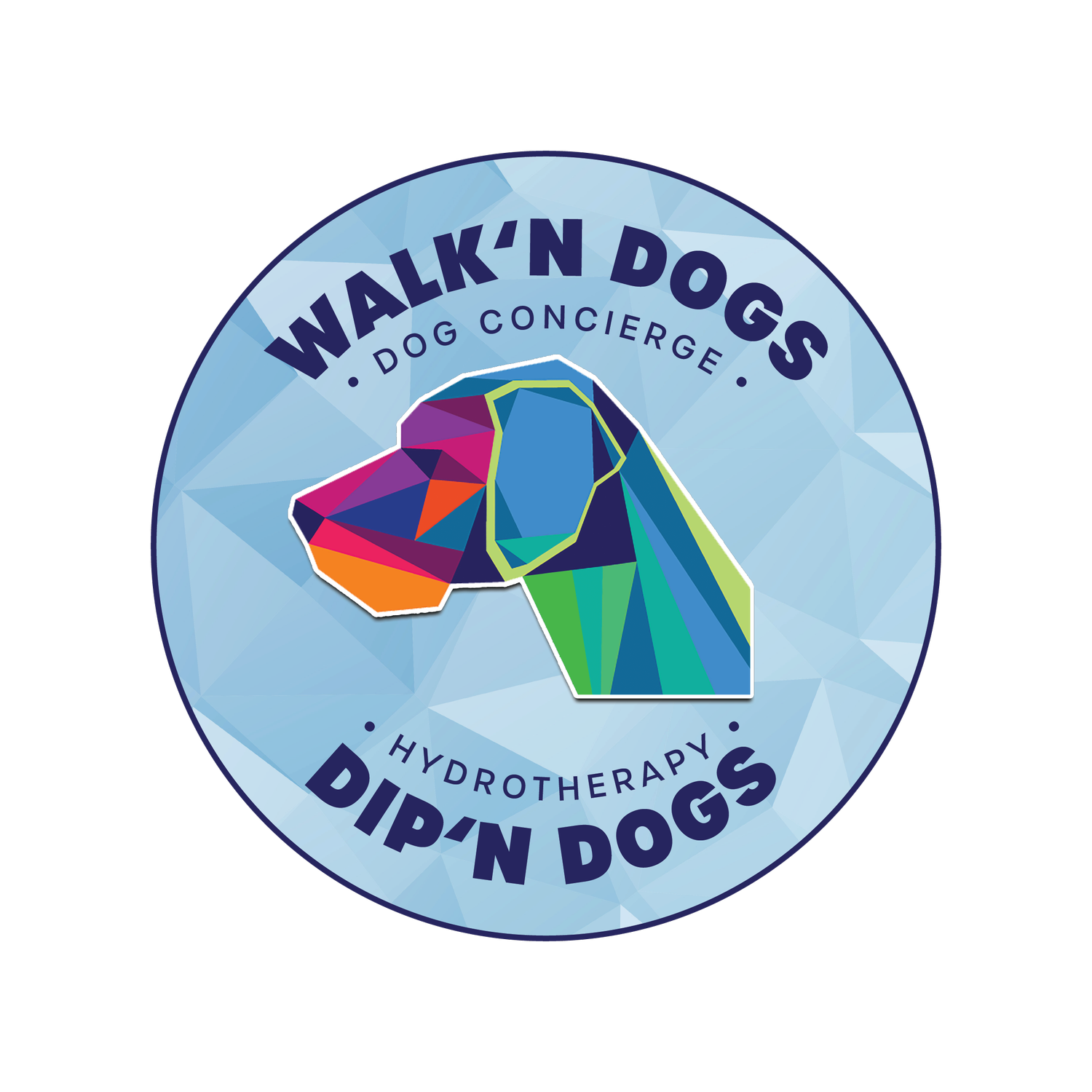Canine Bloat & The Importance of Pre-Activity Feeding Practices
As dog owners, we want nothing but the best for our furry companions. We prioritize their health, happiness, and overall well-being. However, there are certain risks and considerations that come with caring for a canine friend, one of which is the potential occurrence of bloat, a serious condition that can affect dogs of any breed or size. In this blog post, we'll delve into what bloat is, its causes, and why it's essential not to feed your dog prior to physical activities such as swimming.
What is Canine Bloat?
Canine bloat, also known as gastric dilatation-volvulus (GDV) or simply as bloat, is a life-threatening condition that occurs when a dog's stomach fills with gas, fluid, or food and becomes distended. In severe cases, the stomach can twist (volvulus), cutting off blood flow to the stomach and spleen. This twist can also obstruct the passage of gas and food from the stomach, leading to rapid deterioration and potentially fatal consequences if not promptly addressed.
Causes of Canine Bloat:
Several factors can contribute to the development of bloat in dogs, including:
1. Gulping Air: Dogs that eat or drink rapidly, or those who excessively gulp air while eating, are at a higher risk of bloat.
2. Large Meals: Feeding your dog one large meal a day, instead of dividing their daily food intake into smaller, more frequent meals, can increase the likelihood of bloat.
3. Exercise After Eating: Engaging in strenuous physical activity, such as running or swimming, shortly after eating can predispose a dog to bloat.
4. Breed Predisposition: Certain breeds, particularly deep-chested breeds like Great Danes, German Shepherds, and Standard Poodles, are more prone to bloat.
The Importance of Pre-Activity Feeding Practices:
While physical activity is crucial for maintaining a dog's health and fitness, it's vital to be mindful of their feeding schedule, especially before engaging in strenuous activities like swimming. Here's why:
1. Reduced Risk of Bloat: Feeding your dog prior to physical activity can increase the likelihood of bloat, particularly if the activity involves vigorous movement or jumping. When a dog exercises, blood flow is redirected away from the gastrointestinal tract to the muscles, which can impair digestion and increase the risk of stomach torsion.
2. Minimized Discomfort: Swimming with a full stomach can cause discomfort and may lead to vomiting or regurgitation, as the dog's body is focused on exertion rather than digestion.
3. Prevention of Gastrointestinal Issues: By allowing time for digestion before engaging in physical activity, you reduce the risk of other gastrointestinal issues such as indigestion, gas, or diarrhea, which can also negatively impact your dog's well-being.
Best Practices for Pre-Activity Feeding:
To minimize the risk of bloat and ensure your dog's comfort and safety during physical activities like swimming, consider the following guidelines:
1. Schedule Meals Appropriately: Feed your dog at least 5 hours before engaging in any strenuous exercise or activity to allow for adequate digestion.
2. Provide Small, Frequent Meals: Divide your dog's daily food allowance into smaller, more frequent meals rather than one large meal to prevent overeating and reduce the risk of bloat.
3. Monitor Water Intake: While it's essential to keep your dog hydrated, avoid allowing them to drink large amounts of water immediately before or after exercise, as this can contribute to bloating.
4. Observe Signs of Discomfort: Pay attention to your dog's behavior during and after physical activity. If you notice any signs of distress, such as restlessness, pacing, drooling, or abdominal swelling, seek veterinary attention immediately.
Canine bloat is a serious and potentially life-threatening condition that requires prompt medical intervention. By understanding the factors that contribute to bloat and implementing appropriate feeding practices, such as avoiding feeding your dog before engaging in physical activities like swimming, you can help reduce the risk of this dangerous condition and ensure your dog's health and well-being.
Remember, prevention is key, so always prioritize your dog's safety and comfort when planning their exercise routine and feeding schedule. Your vigilant care and attention can make all the difference in keeping your canine companion happy, healthy, and bloat-free.

